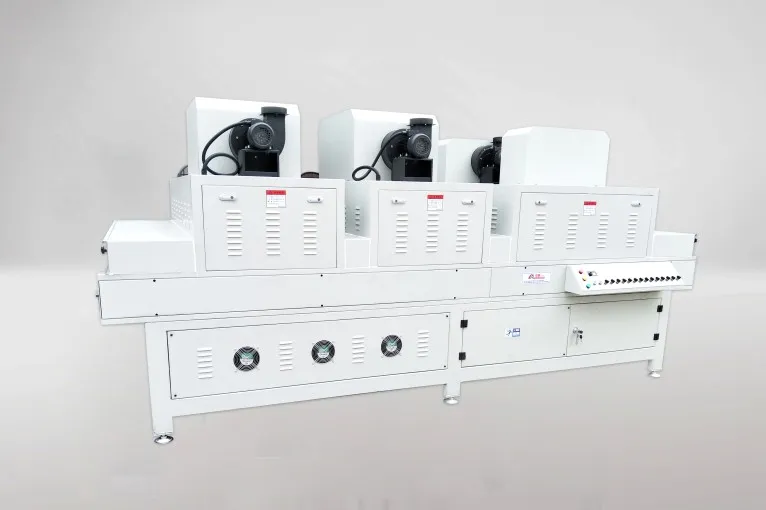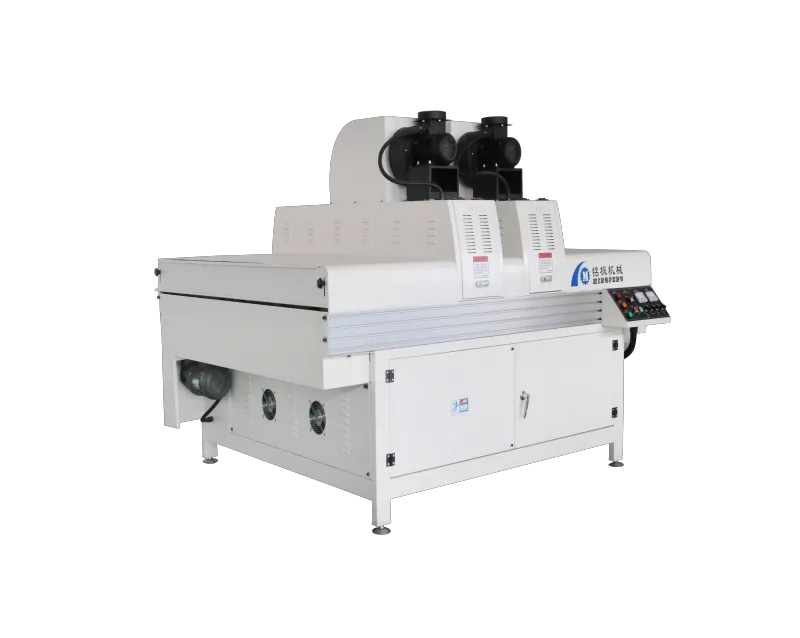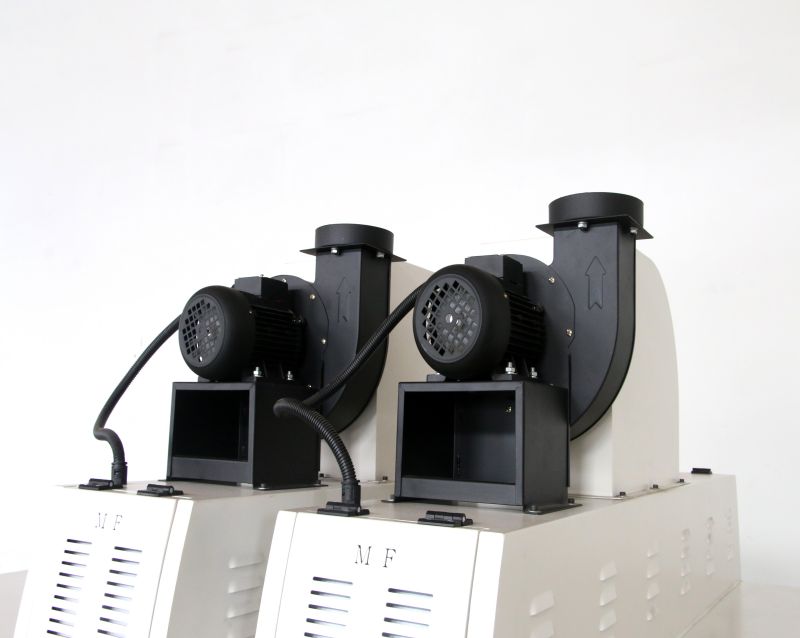This is a practical and important question, impacting the lifespan, maintenance costs, and product reliability of wood coatings. The durability of UV-cured paint on wood is influenced by multiple factors and does not have a single fixed lifespan. In protected indoor conditions, with the right formulation and curing process, UV paint can last for years or even decades. However, in outdoor or high-wear environments, its lifespan is significantly shortened, potentially lasting only a few years.
To apply this understanding to production and quality assurance, it is crucial to understand the meaning of "maintain," the key factors influencing lifespan, degradation mechanisms, how to extend lifespan through process and material selection, and how to quantify durability through testing methods.
Below, I will provide a systematic and professional explanation of the principles, influencing factors, testing methods, typical lifespan ranges, and engineering practice recommendations, focusing on the impact of the "UV Wood Dryer Machine" on the lifespan of UV paint in production.

UV Paint: What does "maintain" mean? How can it be determined?
Before discussing lifespan, it is important to clarify the specific meaning of "maintain." Common durability evaluation indicators include:
• Appearance retention (visual integrity): No noticeable yellowing, fading, chalking, discoloration, or loss of gloss.
• Mechanical property retention: The paint film's hardness, scratch resistance, and abrasion resistance remain within acceptable limits.
• Adhesion retention: The paint film exhibits no flaking, cracking, or delamination.
• Chemical/wet and heat stability: No noticeable damage from frequent use with detergents, alcohol, or in hot and humid environments.
• Functional retention (if any): For example, the anti-fouling, anti-scratch, or anti-fingerprint coatings maintain their effectiveness.
Therefore, the question of "how long does UV paint last" should be broken down into how long the aforementioned properties will last under specific usage conditions. UV wood dryer machine curing is only part of the production process, and the quality of the curing directly impacts each of the aforementioned durability indicators.
Durability of UV paint on wood: Why does it age?
Understanding the degradation mechanism helps predict lifespan and improve the process. UV paint degradation primarily involves the following:
1. Photochemical degradation (photooxidation)
Ultraviolet and visible light can stimulate chemical bonds within the coating, especially organic polymers containing weak bonds (such as C–H and C–C), causing chain breakage and oxidation, leading to yellowing, chalking, and decreased strength.
2. Thermooxidative degradation
The temperature rise generated by UV dryer machine operation or sunlight accelerates the oxidation process, degrading the crosslinked network.
3. Mechanical wear and abrasion
The surface coating gradually loses its gloss and develops scratches due to friction, impact, and cleaning.
4. Chemical attack
Contact with detergents, solvents, or acids and alkalines can soften or swell the coating, causing localized damage.
5. Wood extractives
Tannins, oils, and pigments within the wood may migrate to the paint film surface, causing browning or bleeding (especially common with unsealed wood).
6. Physical Stress and Cracking
Wood expands and contracts due to temperature and humidity fluctuations. If the paint film lacks flexibility or adhesion to the substrate, cracking or peeling can occur.
The UV Wood Dryer Machine's function is to rapidly chemically crosslink (cure) the paint film on the production line using light energy. Curing quality (conversion rate, crosslink density) and its ability to combat the aforementioned degradation mechanisms are key determinants.

What factors affect the durability of UV paint on wood?
The following lists factors that significantly affect the lifespan of UV coatings by category and explains the role of the UV Wood Dryer Machine in these factors.
A. Coating Formulation and Chemical Composition
• Resin Type: Allyl acrylates, urethane acrylates, epoxy acrylates, etc. The polymer type determines substrate compatibility, crosslinking structure, and weather resistance. Generally speaking, alkyl/aliphatic structures are more resistant to yellowing than aromatic structures; urethane acrylates generally perform well in terms of abrasion resistance, flexibility, and chemical resistance.
• Photoinitiators: They must match the wavelength of the light source. Decomposition efficiency affects the cure conversion rate; residual initiator or product formation may also affect long-term stability.
• Fillers and Pigments: Titanium dioxide (TiO₂) is a commonly used white pigment, but its crystal form (rutile over anatase) and surface treatment determine whether it will undergo photocatalytic degradation. Stable inorganic pigments and surface-treated TiO₂ are more conducive to long-term weathering resistance.
• Additives: Light stabilizers (UV absorbers, light stabilizer HALS), antioxidants, anti-yellowing agents, leveling agents, and flexibilizers directly affect aging behavior.
Note: In free-radical UV systems, some traditional HALS may interact with photoinitiators, requiring formulation optimization.
• (Influence of the UV Wood Dryer Machine: The dryer's spectrum and energy determine the efficiency of photoinitiator decomposition, which indirectly affects the final crosslink density and durability.)
B. Curing Conditions and Cure Quality (Direct Effect of the UV Wood Dryer Machine)
• UV Dose (Dose = Irradiation Intensity × Exposure Time): Insufficient UV dose results in low conversion, residual monomers, and low crosslink density, shortening the product's service life; excessive UV dose may cause thermal stress, substrate damage, or yellowing. Achieve the minimum cure dose specified in the formulation.
• Spectral Matching: Mercury lamps and LEDs have different emission spectra, so an appropriate photoinitiator must be selected.
• Exposure Uniformity: Uneven exposure can create localized weak areas, which can become early failure points.
• Residual Stress and Thermal Management: The UV Wood Dryer Machine's cooling system, lamp-to-workpiece distance, and conveyor speed directly determine thermal load and stress.
• Nitrogen Inerting: For free radical systems, the inerting zone significantly reduces surface oxygen inhibition, resulting in a denser, tack-free surface and improved weather and chemical resistance.
C. Wood Substrate Properties and Pretreatment
• Substrate Moisture Content: Excessive moisture content can affect adhesion and create a risk of long-term delamination.
• Surface Treatment/Sealer: Unsealed substrates allow internal wood migration (e.g., tannins) to reach the surface, causing discoloration or adhesion issues. The selection and curing quality of the primer or sealer are critical.
• Substrate Stability (Dimensional Stability): Wood that expands and contracts easily can cause fatigue stress on the paint film.
D. Operating Environment (Indoor vs. Outdoor; Abrasion Resistance)
• UV Exposure and Direct Sunlight: Outdoor exposure to direct sunlight results in high annual radiation levels, accelerating photochemical degradation.
• Temperature and Humidity Fluctuations: Cyclic stresses can promote premature cracking of the coating.
• Chemical Exposure: Cleaners, solvents, and skin oils can accelerate gloss loss or swelling.
• Mechanical Wear Frequency: High-contact surfaces (tabletops, armrests) wear more quickly.

How Long Does a UV Paint Last? — Typical Lifespan Range
A specific lifespan must be accompanied by clear prerequisites: coating type, operating conditions, whether there is shielding, and maintenance frequency. The following are reference ranges for common situations (engineering estimates, for decision-making purposes only):
• Indoor, protected, low-friction decorative parts (such as home furniture and cabinet interiors): If a high-quality polyurethane acrylate UV coating is used and fully cured (the UV Wood Dryer Machine dosage meets the formula), the appearance and function can be maintained for approximately 10–20 years or more. Local wear or color changes may appear later.
• Indoor, frequently used surfaces (such as dining tables, baseboards, and stair railings): Despite the high hardness of UV coatings, under long-term high-friction conditions, the actual durability is approximately 5–10 years, fluctuating with the intensity of use and frequency of maintenance.
• Sheltered outdoor locations (with eaves and indirect sunlight): When exposure to UV and humidity is low, the durability is approximately 3–8 years, depending on the coating's weather resistance and pigment stability.
• Direct outdoor exposure (direct sunlight, wind and rain): Even with highly weather-resistant UV formulations, prolonged UV exposure and temperature and humidity cycling can accelerate aging, resulting in a durability range of 1–5 years. Using specialized formulations with high-performance pigments and a protective layer can extend this lifespan even further, but it's generally not as long as specialized outdoor systems (such as thermosetting or fluorinated coatings based on different chemistries).
The discrepancies between these values reflect the complex conditions encountered in actual production and use—critical factors are the quality of the cure (controlled by the UV Wood Dryer Machine) and the weatherability of the formulation.
How is "end of life" determined?
During the production and use management of UV Wood Dryer Machines, if any of the following major failure signs occur, the coating is nearing or has reached its maximum service life and requires refurbishment or replacement:
1. Obvious adhesion failure (extensive peeling or flaking);
2. Structural cracks/cracking extending through the paint layer and accompanied by damage to the substrate;
3. Extensive chalking or severe gloss loss, affecting functionality or decorative properties;
4. Chemical degradation, where the paint film is damaged by frequent cleaning/wiping.
Can XMF Machinery assist with procurement planning and budgeting?
Absolutely. As an experienced supplier and manufacturer, we support purchasing teams with planning, budgeting and cost analysis. We provide detailed quotes, machine breakdown, optional configurations, and lifecycle cost estimates.
For wholesale or multi-unit orders, we prepare promotions and discount packages. We help you purchase the right equipment and forecast prices accurately.
